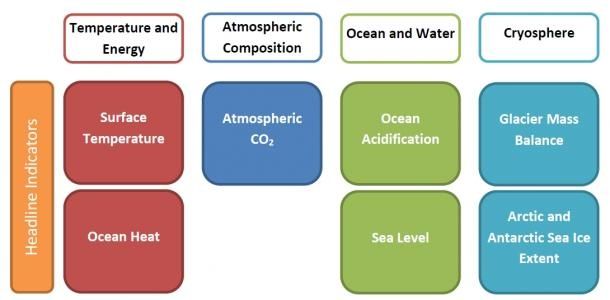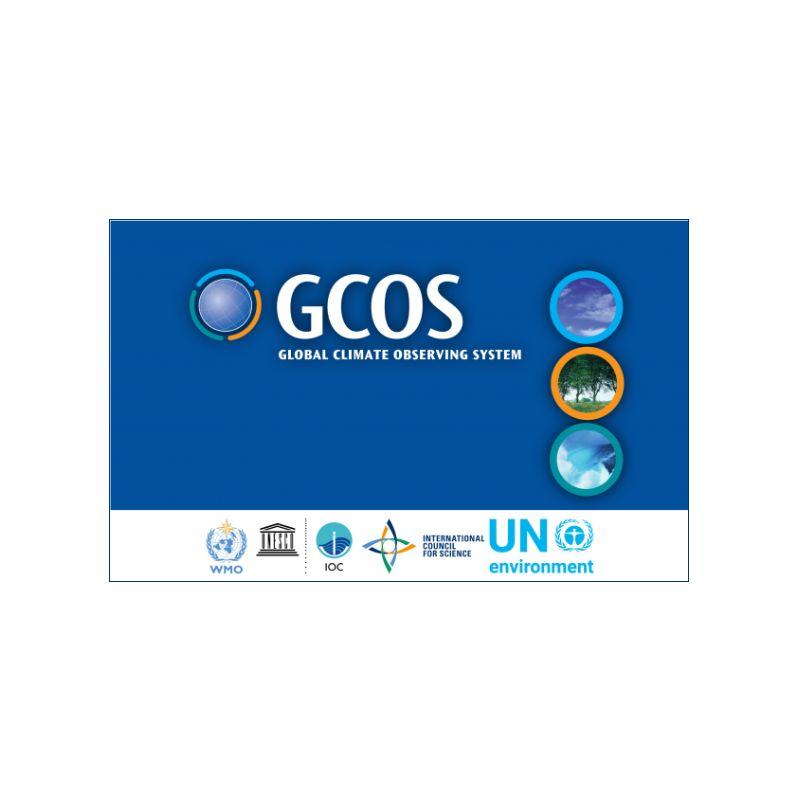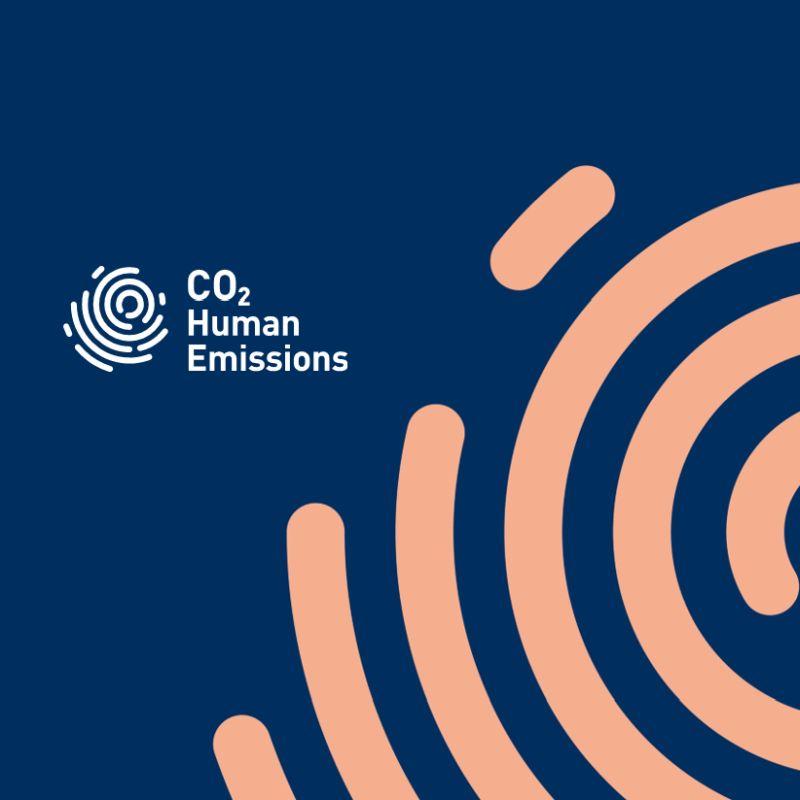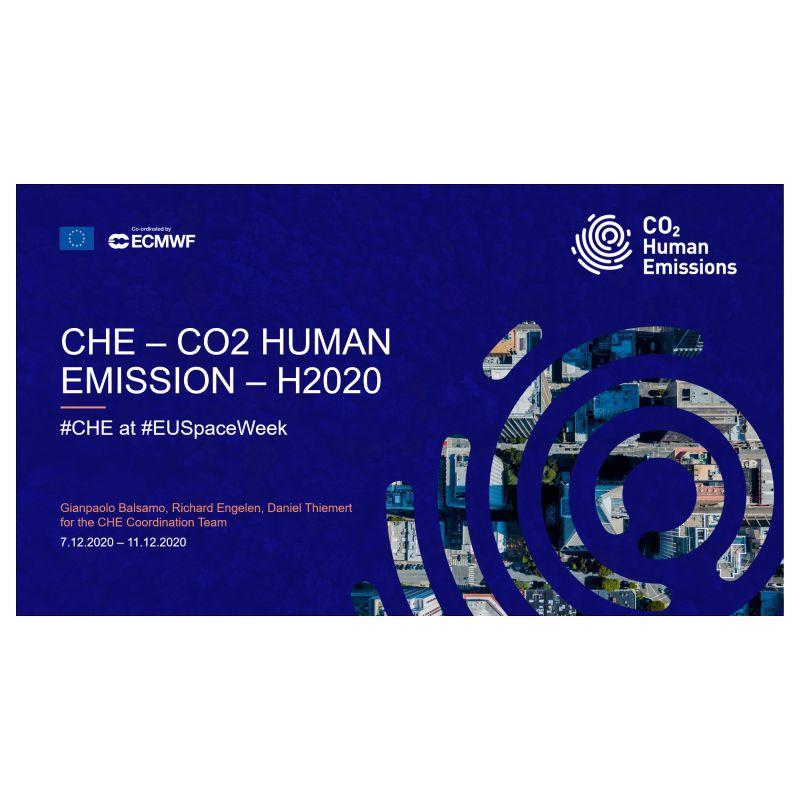The Global Climate Observing System (GCOS) held a Science day meeting on the 22nd October 2018 at the Finnish Meteorological Institute (FMI) in Helsinki. The FMI is celebrating in 2018 its 180 years since the foundation and will host also the GCOS Steering Committee meeting.
The GCOS programme of World Meteorological Organisation (WMO) had its inception following the first report of the Intergovernmental Panel on Climate Change (IPCC 1990) and its creation was ratified at the 2nd World Climate Conference in Geneva in November 1990 (WCC-2). GCOS is established with the vision of sustaining provisions of observations to monitor the climate system and foster coordination, and its 25th anniversary sees a number thriving actions that are supportive of the United Nations Framework Convention on Climate Change (UNFCC), such as for the Paris Agreement.
The advent of Climate Services reinstated the fundamental role of the global observing system. The ability to monitor and to predict the climate outlook up to decades ahead is vital for planning societal activities such as energy and food provision. The GCOS observations underpin the achievement of the United Nations - Sustainable Development Goals (SDGs, of which Goal 13 is dedicated to Climate Action), by supporting standardisation of the quality of the observations and sustainability of long data records. The concept of the Essential Climate Variables (see Bojinski et al 2014, BAMS) has been functional to achieve this goal and the GCOS Implementation plan has provided the road-map for sustainability of the observing system and the climate information chain.
The GCOS strategy will continue to build upon three actions: Advocate Coordinate Communicate, with the aims to achieve free and open data exchange for Water Carbon and Energy cycle information. There are 7 Global Climate Indicators (GCOS-GCI) that have been identified to provide headline information of the state of climate and its trend.





